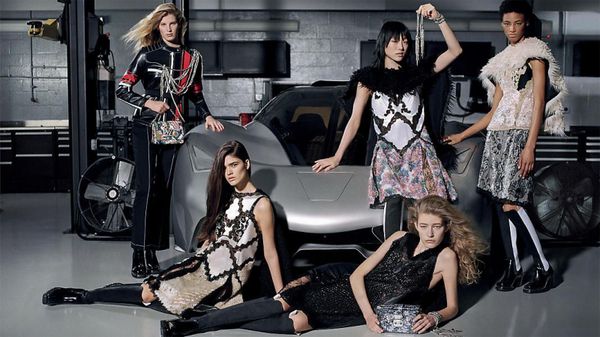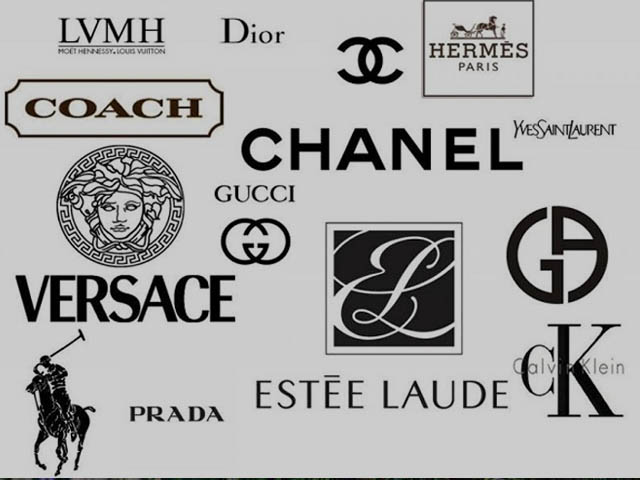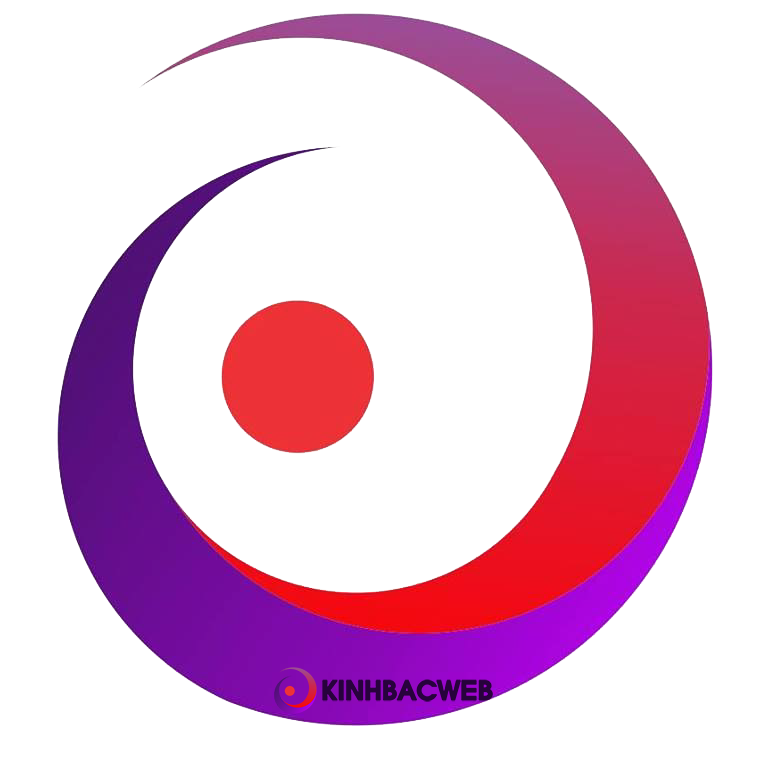[Top 100 Các thương hiệu thời trang nổi tiếng, cao cấp nhất thế giới]

Executive Summary

This comprehensive guide dives into the fascinating world of high-fashion, presenting a curated list of the top 100 most renowned and prestigious fashion brands globally. We explore the diverse landscapes of luxury fashion, examining the history, design philosophy, market impact, and cultural significance of these iconic brands. Whether you’re a seasoned fashion aficionado or simply curious about the industry’s power players, this article offers invaluable insights into the world of high-end fashion, providing a detailed overview of the brands that define luxury and set trends worldwide. Prepare to be captivated by the artistry, innovation, and sheer opulence of the world’s most celebrated fashion houses.

Introduction
The fashion industry is a dynamic and ever-evolving landscape, a global stage where creativity, innovation, and marketing prowess intertwine to create some of the most coveted products in the world. From the runways of Paris to the streets of New York, iconic brands dictate trends and shape perceptions of style and luxury. This article aims to provide you with a comprehensive overview of the top 100 luxury fashion brands, exploring their histories, design aesthetics, and contributions to the industry’s rich tapestry. Get ready for a journey into the glamorous and often surprisingly complex world of high fashion.
Frequently Asked Questions
What makes a brand “high-fashion” or “luxury”? High-fashion, or luxury fashion, is characterized by several key factors: high-quality materials, exceptional craftsmanship, exclusive designs, limited production runs, high price points, and strong brand heritage and prestige. These brands often leverage a strong brand narrative and exclusive distribution channels to maintain exclusivity and desirability.
How is this list of top 100 brands compiled? The list is compiled through a meticulous process that considers several key metrics: brand reputation, global sales figures, critical acclaim (fashion awards, industry recognition), market capitalization (for publicly traded companies), and overall cultural impact. While an entirely objective ranking is impossible, this list represents a balanced assessment incorporating multiple authoritative sources and industry insights.
Are all luxury brands equally sustainable? Sustainability is a growing concern within the fashion industry, and luxury brands are increasingly under scrutiny for their environmental and social practices. While some luxury brands are actively investing in sustainable initiatives, others lag behind. It’s crucial for consumers to research the sustainability efforts of individual brands before making a purchase if ethical consumption is a priority.
The History of Luxury Fashion Brands
The history of luxury fashion is a vibrant and complex tapestry woven with threads of artistry, innovation, and entrepreneurial spirit. From the bespoke tailoring of early haute couture houses to the rise of ready-to-wear and the impact of globalization, luxury fashion has evolved dramatically over centuries. The evolution of these brands reflects shifting cultural values, technological advancements, and changing consumer demands. Understanding this rich history is crucial to appreciating the enduring power and influence of these iconic brands.
Early Haute Couture: Explore the foundations of haute couture in 19th-century Paris, focusing on the role of pioneering designers like Charles Frederick Worth. Their focus on bespoke creations and personalized services laid the groundwork for the modern luxury fashion industry.
The 20th Century Revolution: Analyze the transformative impact of ready-to-wear and the rise of iconic designers like Coco Chanel and Christian Dior, who democratized luxury while maintaining exclusivity.
Globalization and Branding: Discuss the impact of globalization and the development of strong brand identities and marketing strategies that solidified the global reach of luxury fashion brands.
The Rise of Fast Fashion and its Impact: Examine the impact of fast fashion on the luxury market, forcing luxury brands to re-evaluate their strategies and incorporate sustainability concerns into their operations.
The Digital Age and Luxury: Explore the evolving relationship between luxury fashion brands and digital platforms, analyzing the impact of e-commerce and social media on marketing and brand building.
Design and Creative Direction in Luxury Fashion
Design is the heart and soul of luxury fashion. The creative vision of designers shapes the aesthetic identity of a brand, influencing trends and setting the standard for quality and innovation. These brands are not simply selling clothing; they are selling a lifestyle, a story, and a sense of belonging. The creative director’s role is paramount in shaping this narrative.
Iconic Designers and Their Impact: Discuss some of the most influential designers in history, examining how their distinct styles have shaped the brands they represent. The creative genius behind a brand often becomes inextricably linked to its identity and longevity.
Design Elements and Trends: Explore the key design elements, trends, and techniques that define luxury fashion, encompassing textile innovation, cutting-edge silhouettes, and unique craftsmanship. Consider the role of seasonal collections and fashion shows in shaping consumer desire.
The Role of Craftsmanship and Heritage: Highlight the importance of traditional craftsmanship and the legacy of specific techniques passed down through generations within luxury houses. The meticulous attention to detail is a hallmark of luxury goods.
Innovation and Experimentation: Explore how luxury brands balance tradition with innovation, incorporating new technologies and experimenting with unconventional materials and techniques to maintain relevance and appeal to a modern consumer.
Marketing and Branding Strategies in the Luxury Sector
Marketing and branding are essential to the success of luxury fashion houses. These brands carefully cultivate their image, leveraging strategic marketing campaigns to enhance their prestige and desirability. The power of branding lies in establishing a powerful emotional connection with the consumer, far beyond just the functional aspects of the product.
Brand Storytelling and Heritage: Examine how luxury brands utilize their history and heritage to create compelling narratives that resonate with consumers, creating a sense of belonging and exclusivity.
Celebrity Endorsements and Influencer Marketing: Analyze the role of celebrity endorsements and influencer marketing in promoting luxury brands and reaching wider audiences.
Exclusive Distribution and Retail Experiences: Discuss the strategic use of exclusive retail locations, pop-up shops, and e-commerce platforms to control brand image and create desirable shopping experiences.
Public Relations and Media Management: Explore the critical role of public relations in shaping the brand image and managing its reputation in the ever-vigilant world of luxury fashion.
Sustainability and Ethical Marketing: Examine how luxury brands are addressing concerns regarding sustainability and ethical labor practices in their marketing and branding strategies.
Global Reach and Market Dynamics in Luxury Fashion
The luxury fashion market is a global phenomenon, with brands operating across continents and catering to diverse consumer preferences. Understanding the dynamics of this global market is essential to understanding the success and challenges of luxury fashion brands. The competition is fierce, and adapting to changing market conditions is vital for survival and growth.
Key Markets and Consumer Preferences: Explore the key global markets for luxury fashion, examining regional differences in consumer preferences, purchasing power, and brand awareness.
Emerging Markets and Opportunities: Analyze the growth potential of emerging markets and the opportunities they present for luxury brands seeking expansion.
Competition and Market Share: Discuss the dynamics of competition within the luxury fashion sector, examining market share, brand positioning, and strategies for differentiation.
Economic Fluctuations and Consumer Spending: Explore how economic fluctuations and consumer confidence levels impact demand for luxury goods and how brands adapt to these economic shifts.
Technological Disruptions and Digital Transformation: Analyze the impact of technological advancements on the global reach and operations of luxury fashion brands, including the rise of e-commerce and its implications.
Conclusion
The world of luxury fashion is a captivating blend of artistry, commerce, and cultural significance. The brands featured in this exploration represent the pinnacle of achievement in the industry, demonstrating exceptional creativity, unwavering dedication to quality, and a mastery of marketing and branding. While this list provides a comprehensive overview, it’s important to remember that the landscape of luxury fashion is ever-evolving. New brands emerge, established brands adapt, and consumer preferences shift. The journey of exploring the world of high-fashion is a continuous one, full of discoveries and surprises. We hope this guide has provided valuable insights into the fascinating world of the top 100 luxury fashion brands, fueling your own continued exploration of this glamorous and ever-changing industry.
Keywords
Luxury Fashion Brands, High Fashion, Top Fashion Brands, Luxury Market, Global Fashion Brands
